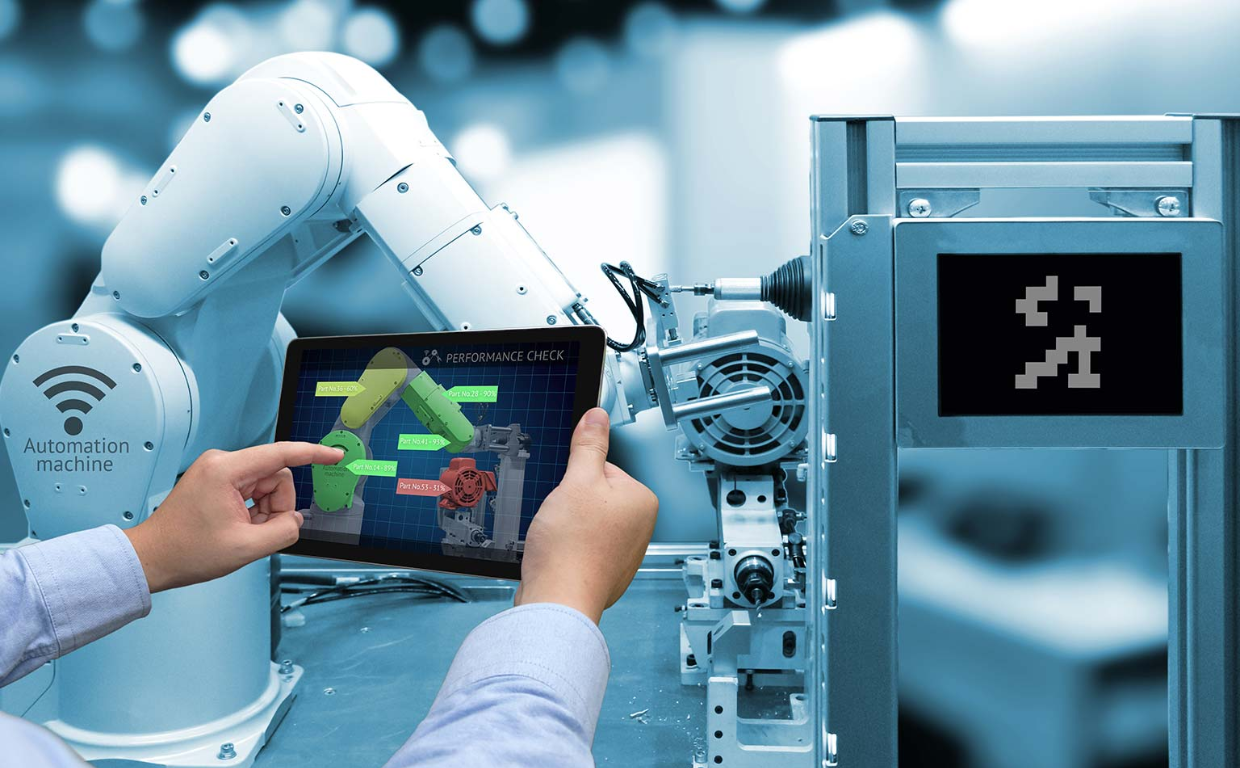
Augmented Reality (AR) and Virtual Reality (VR) are no longer futuristic concepts—they are active game changers in the mobile app landscape. By blending digital enhancements with real-world interaction, AR and VR are unlocking a new era of mobile innovation.

Understanding the Core of AR and VR
Augmented Reality overlays digital content onto the physical world, enhancing the user’s real-life experience. In contrast, Virtual Reality immerses users in a completely simulated environment.
These technologies were once limited to gaming and entertainment. However, their adoption has now expanded into industries like education, healthcare, and retail.
AR-powered mobile apps can display product previews, virtual try-ons, and navigation aids. This practical use of digital layering simplifies decision-making for users.
On the other hand, VR apps provide simulated training, virtual tourism, and immersive storytelling—all accessible through a mobile device and headset.
At Mahi Media Solutions, we help brands explore both technologies to elevate mobile experiences.
Discover how AR and VR work together in this Samsung AR/VR overview.
Enhancing User Engagement Through Immersion
AR and VR increase user interaction by turning passive experiences into immersive journeys. This not only attracts users but also keeps them engaged for longer periods.
Interactive elements in AR apps encourage real-time feedback, giving users more control over their environment and actions.
Similarly, VR environments transport users to virtual settings that feel real, making the experience far more memorable than static content.
Businesses that embrace immersive features often see higher retention rates and stronger emotional connections with their app users.
We at Mahi Media Solutions craft immersive app experiences that captivate users and drive loyalty.
Read this Forbes article on immersive tech boosting engagement.
AR and VR in E-Commerce Mobile Apps
Online shopping has evolved with AR and VR features that allow users to visualize products in their environment before purchasing. This leads to more informed buying decisions.
For example, furniture apps like IKEA Place let customers preview how items will look and fit in their space using their phone’s camera.
Beauty brands use AR to simulate makeup application, helping users find the perfect shade without visiting a store.
Virtual fitting rooms and showrooms make the online shopping journey more interactive and trustworthy for consumers.
We offer eCommerce app development services with built-in AR/VR capabilities to reduce return rates and improve satisfaction.
Learn more about AR in retail from eMarketer’s report.
Real-World Applications Across Industries
Healthcare professionals now use VR mobile apps for surgical training, pain management, and patient education. These apps help reduce stress and improve learning outcomes.
In education, AR brings textbooks to life by adding interactive visuals and 3D models, making learning more engaging for students of all ages.
AR-based wayfinding is useful in airports, hospitals, and large venues, allowing users to navigate complex spaces effortlessly.
The travel sector uses VR to provide virtual tours, helping customers explore destinations before booking a trip.
At Mahi Media Solutions, we develop mobile apps tailored to your industry with advanced AR and VR functionality.
Explore these real-life use cases in Built In’s guide to AR applications.
The Technical Challenges and Solutions
Despite the benefits, integrating AR and VR into mobile apps comes with challenges such as device compatibility, processing power, and storage limitations.
To tackle these issues, developers use lightweight AR frameworks like ARKit (iOS) and ARCore (Android), ensuring smooth performance across devices.
VR requires optimized rendering to avoid latency and motion sickness. Advanced engines like Unity and Unreal streamline VR development efficiently.
Battery optimization and storage management are critical to maintaining user satisfaction while using resource-heavy immersive features.
We offer strategic consulting to ensure your app’s performance stays high while integrating powerful AR/VR experiences.
Read more about overcoming AR/VR limitations from Toptal’s AR/VR insights.
Future Outlook of AR and VR in Mobile
The future of AR and VR in mobile apps looks promising. With Apple Vision Pro and Meta Quest paving the way, more brands are investing in immersive technology.
5G networks and edge computing will make real-time, high-fidelity experiences more accessible and responsive on mobile platforms.
As AR glasses and lightweight headsets become mainstream, mobile apps will play an even greater role in daily digital interactions.
Apps will likely blend AR/VR with AI and IoT for smarter, more personalized user experiences in areas like fitness, education, and remote work.
We’re prepared to help businesses embrace these innovations. Talk to our team to explore what’s next for your app idea.
Stay updated with AR/VR trends through this Statista AR/VR analysis.





